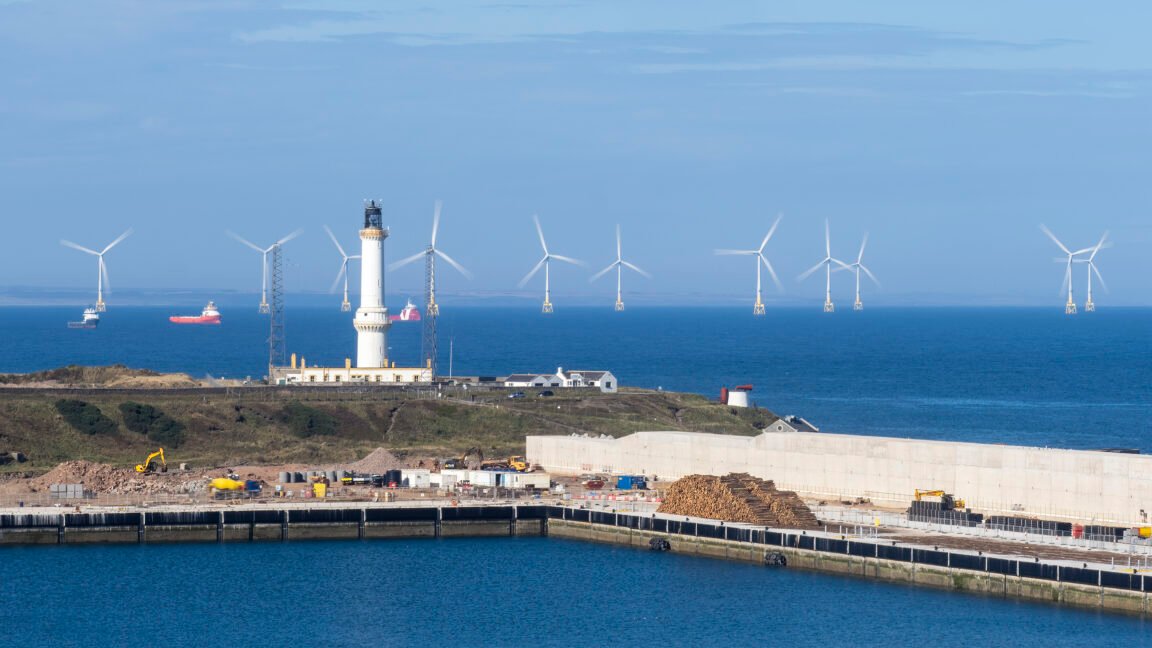With the closure of its last coal-fired power plant, Ratcliffe-on-Soar, on September 30, 2024, the United Kingdom has taken a significant step toward its net-zero goals. It’s no small feat to end the 142-year era of coal-powered electricity in the country that pioneered the Industrial Revolution. Yet the UK’s journey away from coal has been remarkably swift, with coal generation plummeting from 40 percent of the electricity mix in 2012 to just two percent in 2019, and finally to zero in 2024.
As of 2023, approximately half of UK electricity generation comes from zero-carbon sources, with natural gas serving as a transitional fuel. The UK aims to cut greenhouse gas emissions by 42 percent to 48 percent by 2027 and achieve net-zero by 2050. The government set a firm target to generate all of its electricity from renewable sources by 2040, emphasizing offshore wind and solar energy as the keys.
What will things look like in the intervening years, which will lead us from today to net-zero? Everyone’s scenario, even when based in serious science, boils down to a guessing game. Yet some things are more certain than others, the most important of these factors being the ones that are on solid footing beneath all of the guesswork.
This articles is written by : Nermeen Nabil Khear Abdelmalak
All rights reserved to : USAGOLDMIES . www.usagoldmines.com
You can Enjoy surfing our website categories and read more content in many fields you may like .
Why USAGoldMines ?
USAGoldMines is a comprehensive website offering the latest in financial, crypto, and technical news. With specialized sections for each category, it provides readers with up-to-date market insights, investment trends, and technological advancements, making it a valuable resource for investors and enthusiasts in the fast-paced financial world.
